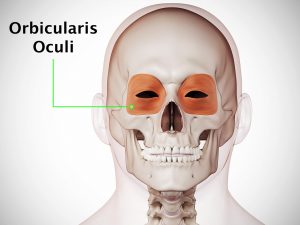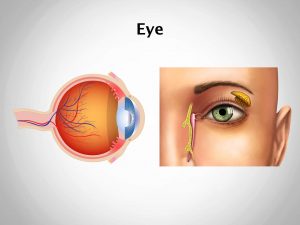Causes and risk factors
Trauma or injury to the eye mostly due to blow is the common cause of iritis. Sarcoidosis, toxoplasmosis, tuberculosis, Lyme disease and herpes are the common causes presenting iritis. Infections like nephritis, certain autoimmune diseases and metabolic diseases like crohns diseases, inflammatory bowel diseases, and ulcerative colitis also contribute to the causation.
Clinical presentation:
Either one or both the eyes can be affected. The symptoms appear suddenly. The patient comes up with complaints of pain in and around the eyes along with headache. The vision is disturbed. The patient cannot see properly, things appear blurred. There occurs continuous watering of eyes and the pupil becomes small or out of shape. The affected eye becomes sensitive to light. Iritis can also lead to certain complications like keratopathy, glaucoma, cataract and also an irregular pupil. Although rare it can also lead to blindness.
Investigations:
Diagnosis is done of the basis of the symptoms narrated by the patient. Examination carried out by the ophthalmologist using various ophthalmic instruments help in confirming the diagnosis. A slit lamp examination helps in diagnostic.
Treatment:
The treatment consists of administration of anti inflammatory or corticosteroid medications. They are given either orally or through eye drops. Local or topical dilating eye drops are also advised. In cases of complications (e.g.: cataract or glaucoma) surgery is needed.






























